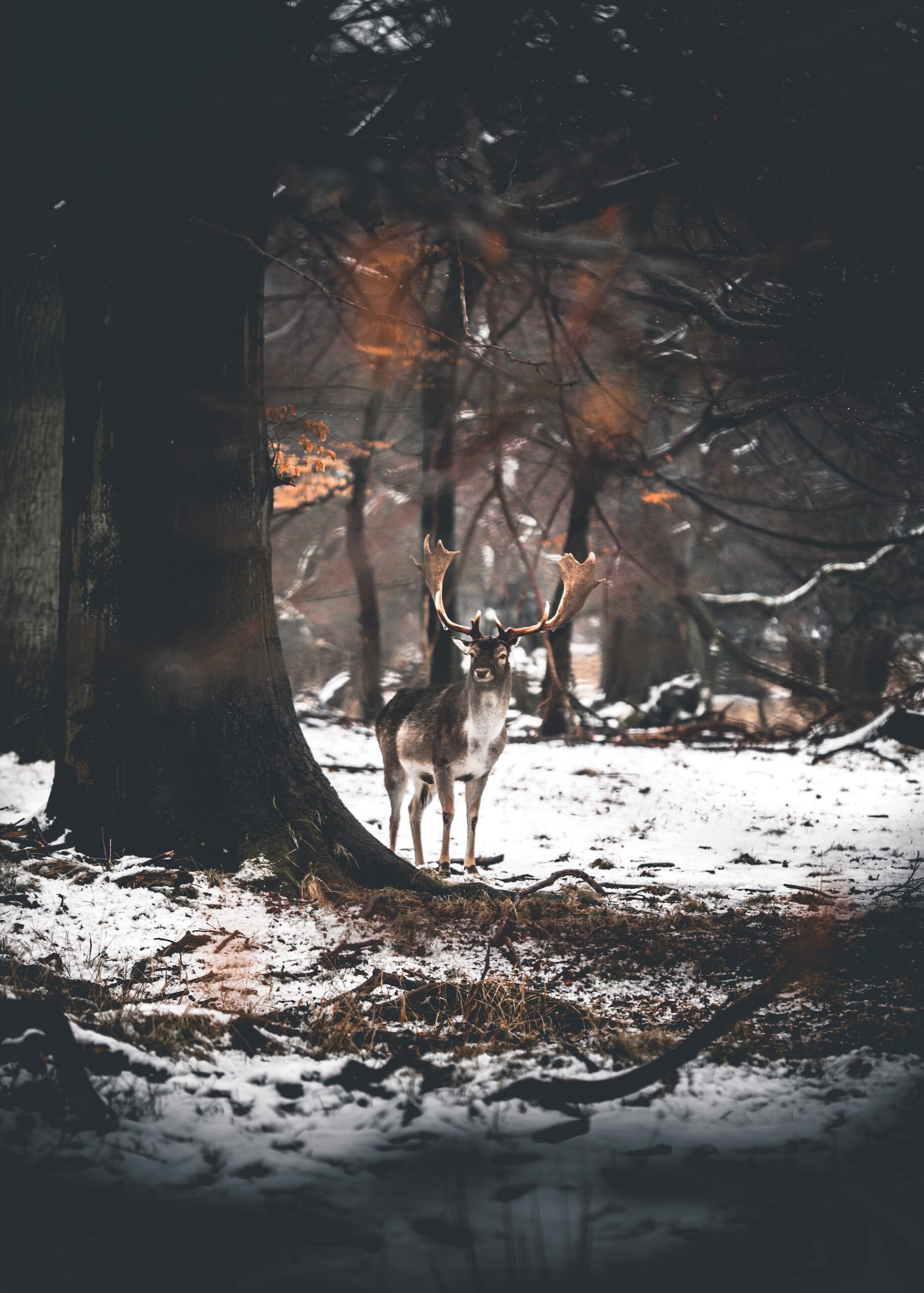As winter approaches, many nature enthusiasts are looking for ways to attract and support wildlife in their gardens. The cooler temperatures can make food and shelter scarce for our feathered friends and other creatures. Gardens can provide an essential haven for wildlife, with the right features in place. By introducing a range of plants and structures, your garden can become an attractive hotspot for various wildlife, even in the depths of winter. This not only helps the animals but also allows you to enjoy a vibrant outdoor space all year round. With these ten garden features, your garden can become a winter wildlife sanctuary.
Create a Safe Shelter
Having a safe place to rest and sleep is essential for any animal – including those in your backyard. To invite birds, squirrels, and insects into your garden during winter, provide them with nestled hiding places. This could be as simple as a pile of logs or a purpose-built birdhouse. According to Colorado Garden Design, not only does this offer a safe place against predators and cold, it can also be a sources of food as they are often full of insects.
Install a Water Source
While wildlife needs food and shelter, they also need fresh water to survive, especially in winter when sources of liquid water can freeze solid. By installing a bird bath or small pond with a heating element, you can provide an easily accessible water source for various species, from birds to mammals and insects. This offers two-fold benefits: enhancing your garden’s aesthetic appeal and nourishing your local wildlife.
Use bird friendly landscaping elements
HGTV’s guide on wildlife-friendly landscaping suggests considering elements such as bird houses, nesting boxes, and bird feeders. These structures can provide shelter, breeding spaces, and food sources for birds. If well-maintained, they can be an effective way to attract a variety of bird species to your garden all winter long.
Provide Food Sources
Winter is a season where food becomes scarce for most wildlife. By providing a variety of food sources, such as suet cakes, nectar feeders, seed mixtures, or even kitchen scraps like fruit peels and bread crumbs, you can support them through the harsh winter months. Remember, different animals have different dietary needs, so a variety ensures something for everyone.
Plant-berry-producing shrubs
For a longer-term strategy to attract wildlife, consider planting shrubs that produce berries in the winter. Holly, snowberry, and juniper are all fantastic options that provide food for birds and small mammals when other sources may be scarce. Plus, they add a vibrant splash of color to your winter garden landscape!
Maintain Deadheads & Seedpods
Deadheads and seedpods are often seen as garden waste, but they are indeed a valuable food source for many bird species, including goldfinches and sparrows. Leaving these natural feeders in place during winter not only provides sustenance for wildlife, but it also adds a layer of organic interest to your garden.
Install a Wildlife Pond
Having a wildlife pond in your garden can create an oasis for amphibians in winter. According to TotalPond, hibernating frogs, newts, and dragonflies can find refuge in the depths of an unfrozen pond. Be sure to keep a section ice-free to allow wildlife to access water even during the coldest times.
Add Compost Heaps
A compost heap can become a warm retreat for smaller critters who need a cozy hideaway from the chill. A pile of decomposing fruit, vegetables, and yard waste can encourage worms, beetles, and other invertebrates, which in turn can attract larger species such as birds or hedgehogs looking for a meal.
Keep Natural & Messy Corners
While cleanliness is essential, having a slightly undisturbed corner of your garden can provide a much-needed winter refuge for wildlife. Leave a pile of leaves, some stacked rocks, or a brush pile to offer a natural and comfortable habitat for small mammals and insects.
Use Eco-friendly Pest Control
Using non-chemical pest controls such as natural predators, insect hotels, or companion planting not only maintains the ecological balance but also creates a healthier environment for your plants and visiting wildlife. It’s a win-win situation – your garden stays productive, while providing safe resources for wildlife.

